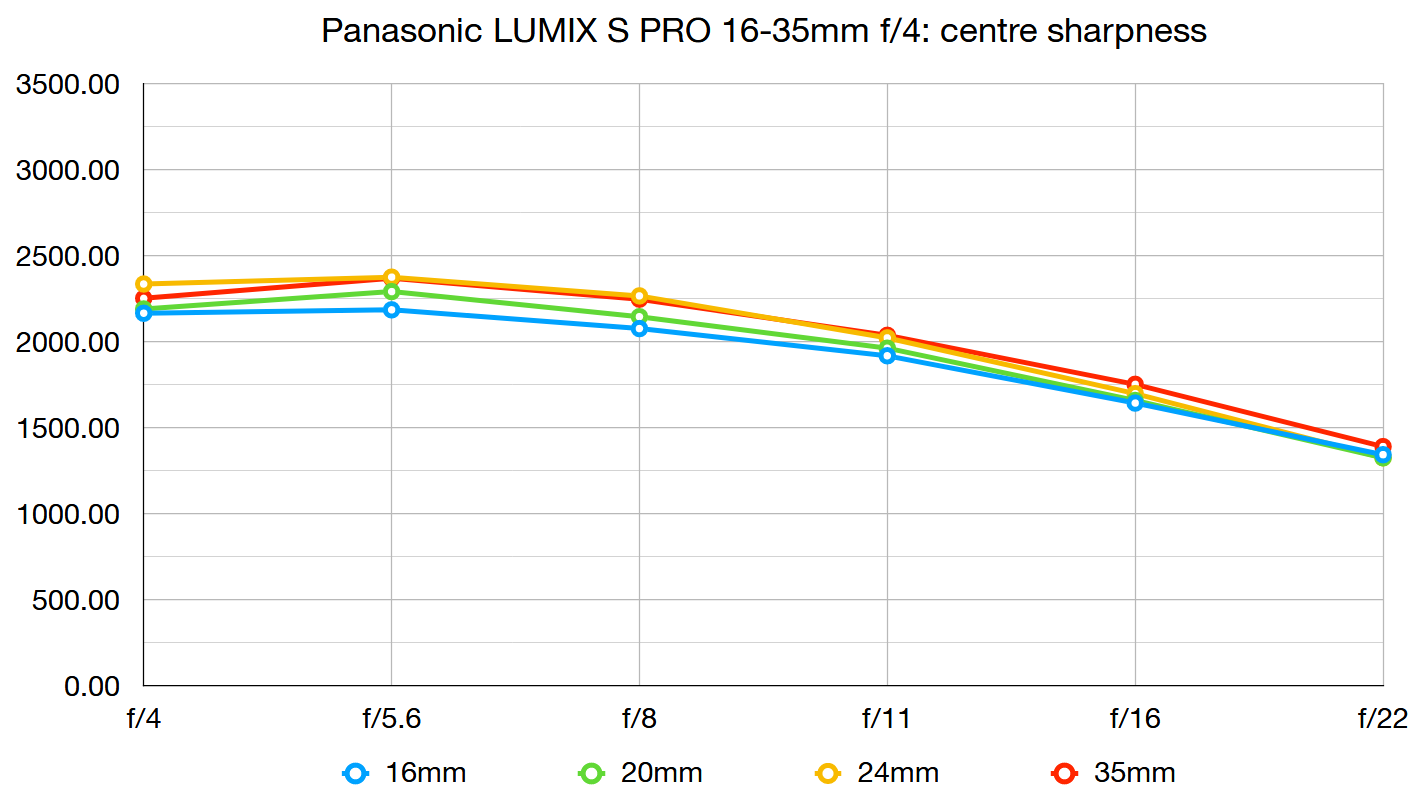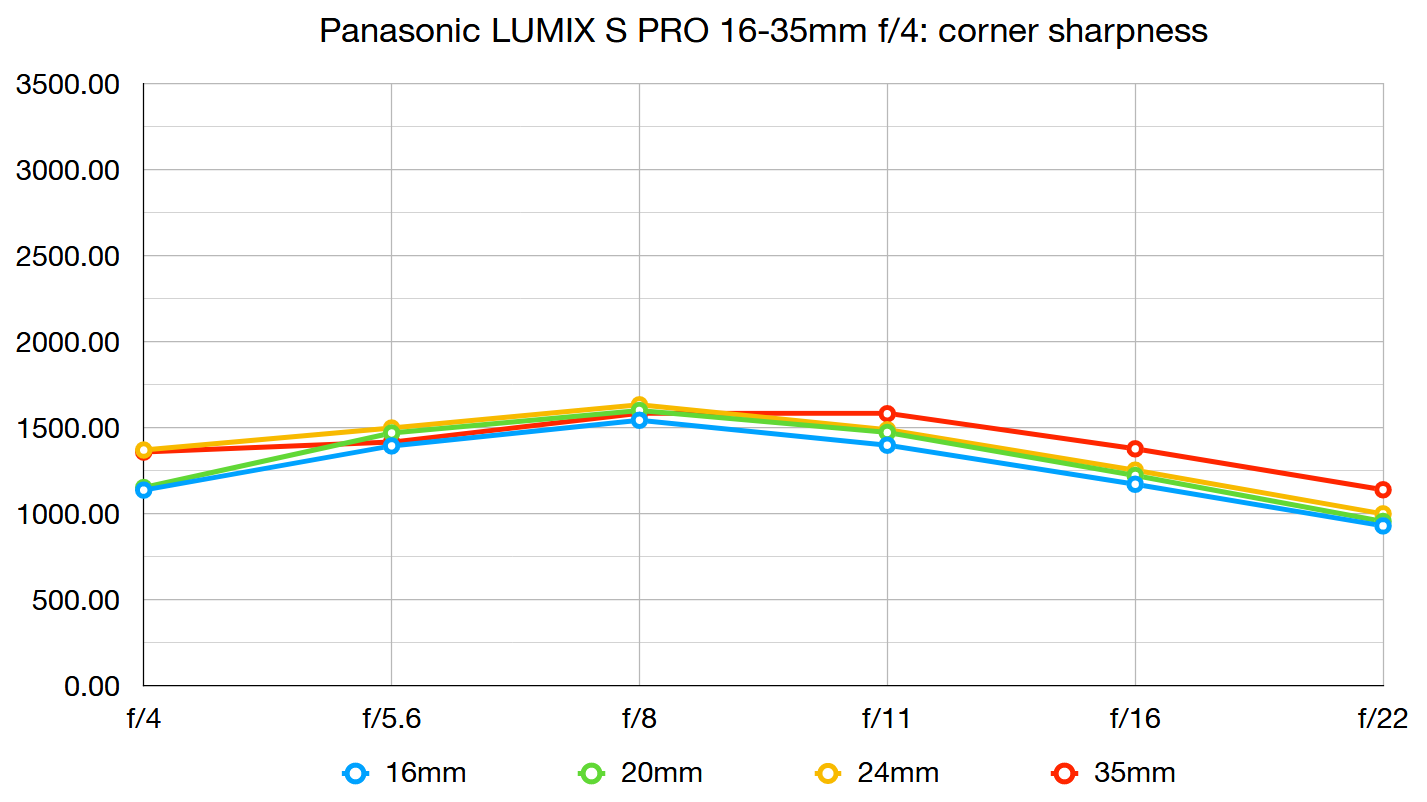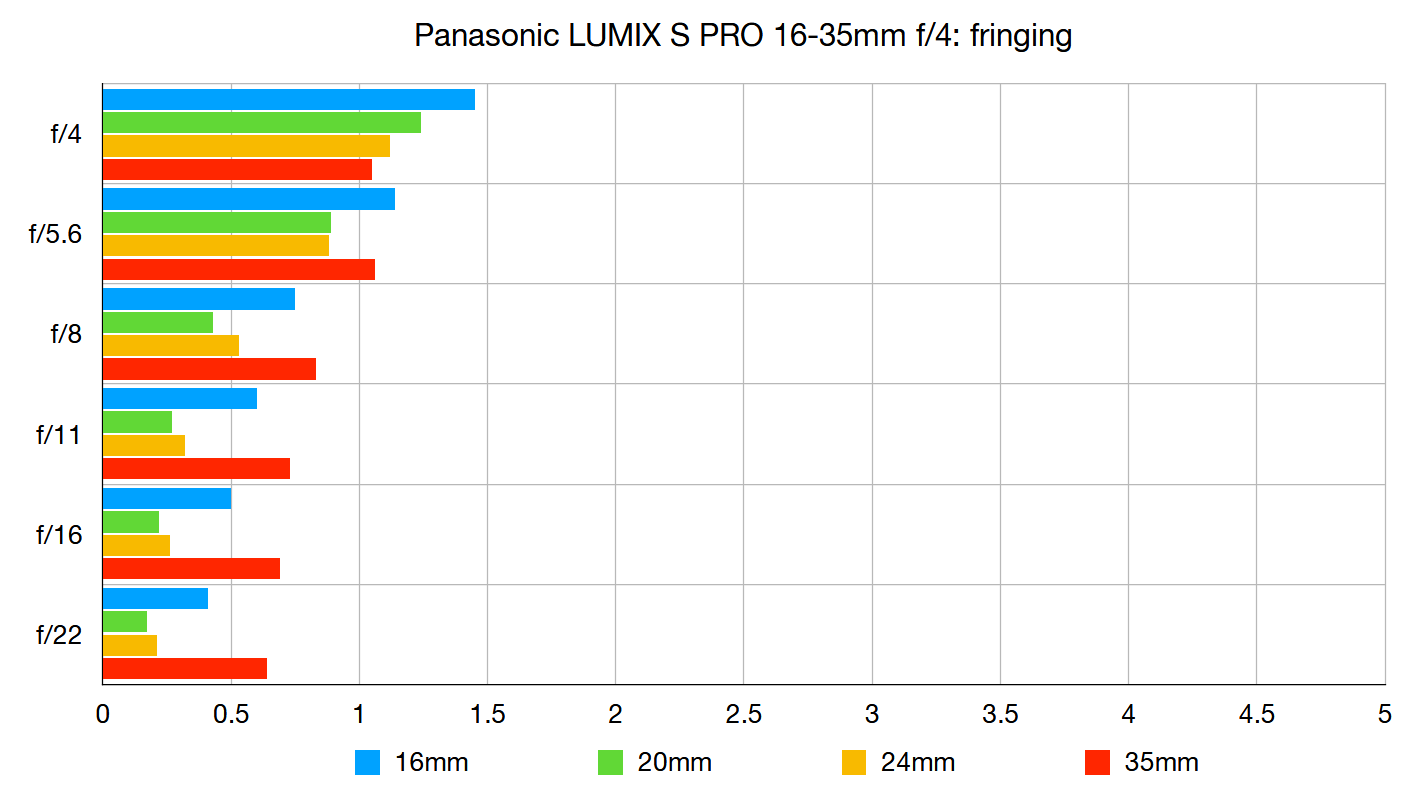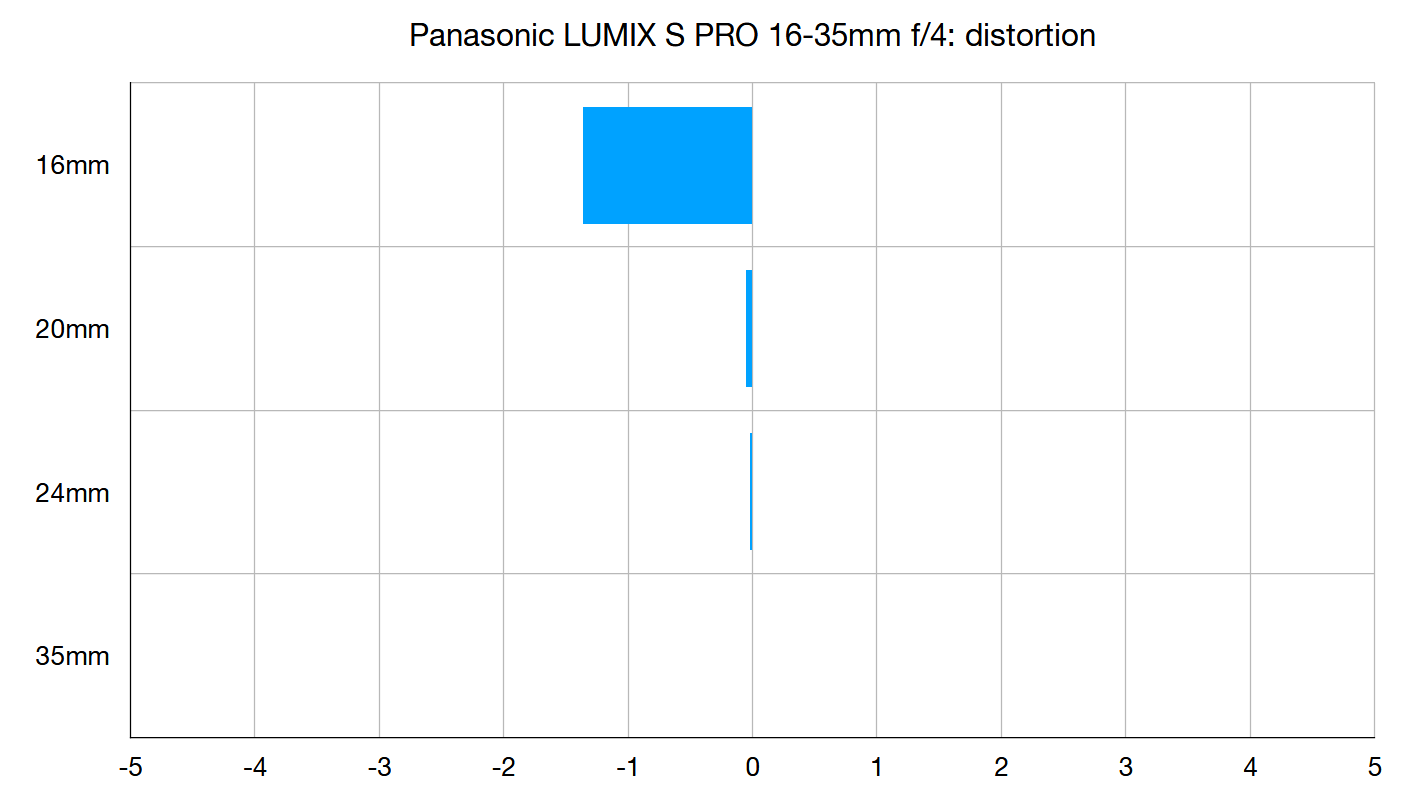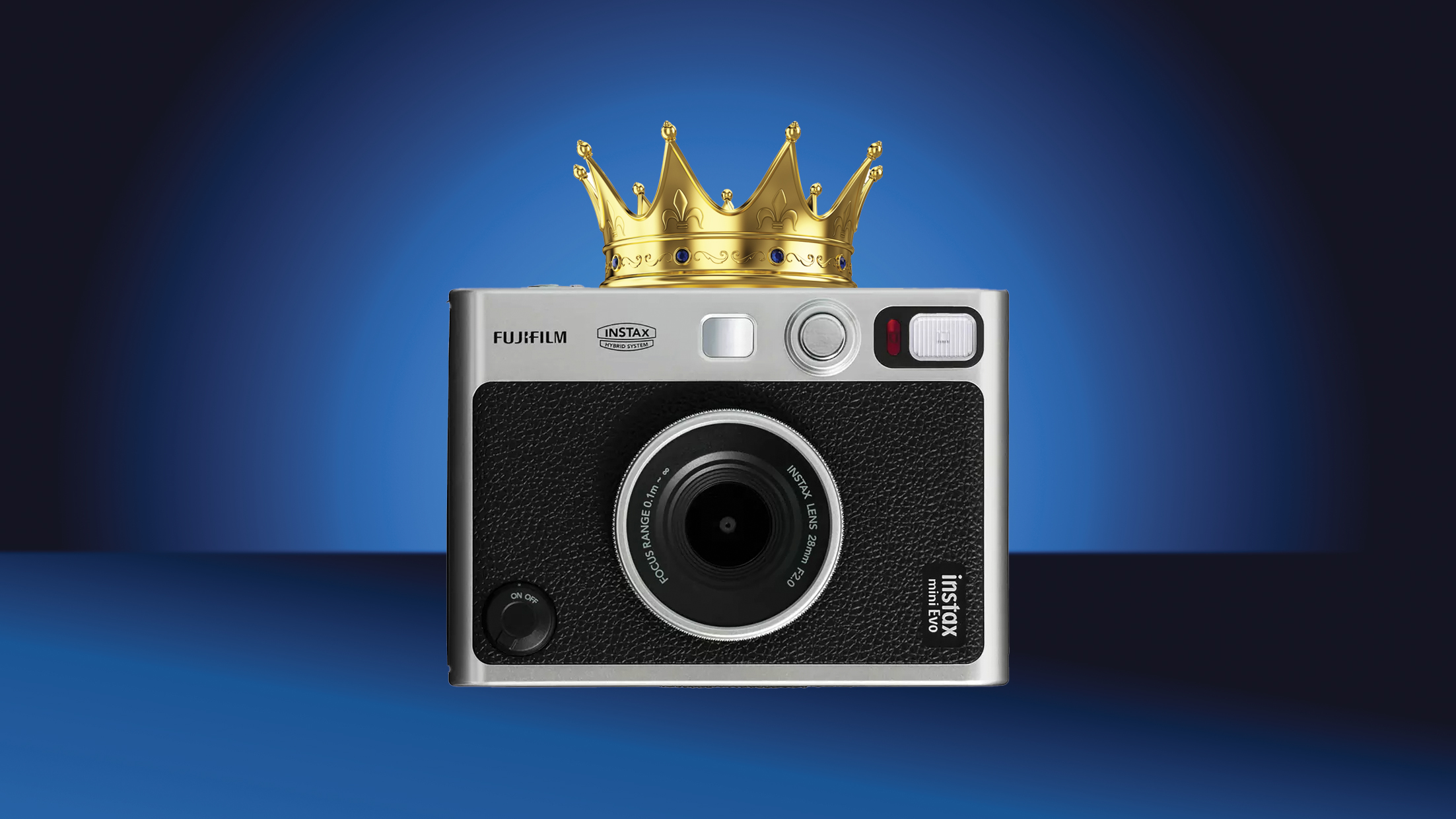Digital Camera World Verdict
Instead of creating a ‘trinity’ wide-angle zoom with an f/2.8 aperture, Panasonic has designed this 16-35mm f/4 lens. It’s relatively lightweight, compared with the likes of Canon’s 15-35mm f/2.8 lens for mirrorless full-frame cameras, at 500g instead of 840g, but is nevertheless impeccably built with pro-grade handling and image quality to match. It strikes a perfect balance on Panasonic S1-series cameras, and performs equally well for both stills and video.
Pros
- +
Excellent image quality
- +
Refined handling
- +
Strong, weather-resistant build quality
Cons
- -
Aperture rating is ‘only’ f/4
- -
Quite pricey for an f/4 zoom
- -
Push-pull focus ring isn’t universally liked
Why you can trust Digital Camera World
Like other Panasonic ‘S PRO’ lenses, including the 24-70mm f/2.8, 70-200mm f/2.8, 70-200mm f/4 and 50mm f/1.4, this 16-35mm wide-angle zoom is built to exacting standards and is Leica certified. Compared with notable recent competitors for mirrorless full-frame cameras, including the Canon RF 15-35mm and Nikon Z 14-30mm, it doesn’t go quite as wide but has a more classic zoom range that equates to viewing angles that stretch from 63 degrees to 107 degrees, measured on the diagonal of the image frame.
• Read more: Best L-mount lenses
The choice of an f/4 constant aperture rating enables a relatively compact and lightweight construction which will be welcome on a smaller camera like the new Panasonic Lumix S5, but there’s no skimping on quality.
Specifications
Mount: Leica L
Lens construction: 12 elements in 9 groups
Angle of view: 107-63 degrees
Diaphragm blades: 9
Minimum aperture: f/22
Minimum focusing distance: 0.25m
Maximum magnification ratio: 0.23x
Filter size: 77mm
Dimensions: 85x100mm
Weight: 500g
Key features
The zoom range of this lens makes it perfect for everything from cramped interiors where your back is literally up against the wall, to sweeping landscapes and cityscapes. It’s less ideal for astrophotography, being an f/stop slower than some competing wide-angle zooms. As with other 16-35mm zooms, a key benefit for landscape photography is that the hood isn’t an integral part of the lens. You can therefore easy attach screw-in filters and filter systems, via a modestly sized 77mm diameter thread.
There’s no shortage of quality glass in the optical line-up. The lens features 12 elements in nine groups, including three aspherical elements to minimize spherical aberration and distortion, as well as reducing the overall size and weight. An ED (Extra-low Dispersion) element is fitted to boost sharpness and contrast while minimizing chromatic aberration, and there’s a UHR (Ultra-High-Refractive) element to further boost image quality, especially towards the edges and corners of the frame.
As you’d expect from Panasonic, the lens is designed to perform well for video capture as well as for stills. As such, it has a virtually silent autofocus system that’s super-fast for stills yet enables smooth transitions when shooting video. Furthermore, focus breathing is kept to a minimum and stepless aperture control is available.
The best camera deals, reviews, product advice, and unmissable photography news, direct to your inbox!
Build and handling
Despite being reasonably compact and lightweight, the lens feels very robust and solid. Plentiful weather-seals throughout the construction make for good resistance to dust and moisture, and the lens is designed to be freeze-proof down to -10 degrees Celsius.
The zoom and focus rings work smoothly and precisely. As with other S PRO lenses, the focus ring snaps forwards and backwards to engage autofocus or manual focus. It’s a trick that Tokina has been employing in its lenses for decades, but has never been universally liked. Some find it very natural and intuitive, while others feel that it’s easy to nudge the lens into the ‘wrong’ mode accidentally, and prefer the more usual provision of full-time manual override.
Performance
For such a wide-angle lens, sharpness is very good across the whole image frame, right into the corners, even when combining the shortest focal length with the widest aperture. Colour fringing is very minimal and distortions are effectively corrected by firmware. Colour rendition and contrast are excellent, while ghosting and flare are particularly well controlled.
The high-speed autofocus system lives up to its claims and is well able to track moving subjects during both stills and video capture. Naturally, there’s no optical image stabilization, but the lens works very well with the in-body stabilization system of S1-series cameras in handheld shooting, even at very slow shutter speeds.
Sample images



Lab tests
Sharpness:
The sharpness scores in the two graphs below are produced by shooting a monochrome test chart covered in multiple sharp boundaries between black and white. This image is then assessed by specialist software, with the extent of blur on the contrast boundaries at the centre, mid and edges of the image converted into a spatial frequency value to determine how many line widths per picture height the lens is capable of resolving. A higher spatial frequency corresponds to a greater number of finer lines over a given distance that the lens can resolve - this number is the sharpness score.
Sharpness throughout the entire zoom range is exceptional in the central region of the image frame and remains very impressive out to the edges, even wide-open at f/4.
Fringing:
The chromatic aberration scores are calculated using the same chart we use for measuring sharpness. This time the processing software assesses the sharp black-white contrast boundaries and determines the width in pixels of the colour fringe that divides black from white - the larger the width of the fringe, the greater - and worse - the fringing score.
Colour fringing is very minimal at any given focal length with apertures of f/4 to f/5.6 and it dies away even more at narrower apertures.
Distortion:
At the top and bottom of our lens test chart are horizontal black bars that run its full width. A lens that bulges these lines towards the edges of frame produces barrel distortion, the degree of which is indicated by a negative score. Shrinking (pincushion) distortion, usually produced by a telephoto lens, produces a positive score. The higher the number - positive or negative - the greater the distortion. A score of zero indicates no distortion.
Helped by automatic in-camera corrections, distortion is virtually impossible to spot at any focal length.
Verdict
This reasonably compact and lightweight wide-angle zoom has strong build quality and refined handling. It delivers excellent image quality throughout its entire zoom range and has a fast, accurate and virtually silent autofocus system. Overall performance is highly impressive but it’s quite pricey for an f/4 wide-angle zoom. If you want something wider and faster, and you don’t mind having an integral hood, the L-mount version of the Sigma 14-24mm f/2.8 DG DN Art costs a little less and is well worth a look.
Read more:
• The best Panasonic camera
• Best L-mount lenses for Panasonic, Leica and Sigma mirrorless cameras
• Best wide-angle lenses
• Panasonic S1 review
• Panasonic S1R review
• Panasonic Lumix S1H review
Matthew Richards is a photographer and journalist who has spent years using and reviewing all manner of photo gear. He is Digital Camera World's principal lens reviewer – and has tested more primes and zooms than most people have had hot dinners!
His expertise with equipment doesn’t end there, though. He is also an encyclopedia when it comes to all manner of cameras, camera holsters and bags, flashguns, tripods and heads, printers, papers and inks, and just about anything imaging-related.
In an earlier life he was a broadcast engineer at the BBC, as well as a former editor of PC Guide.









